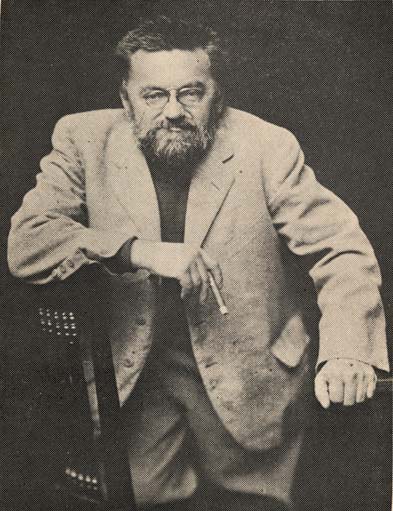Charles Proteus Steinmetz, famous mathematician and electrical engineer, was born April 9, 1865 in Breslau, Germany, where his father was employed as a railroad lithographer. His given name was Karl August Rudolf, but in his application for American citizenship he anglicized the first name to Charles and for the other two substituted Proteus, a nickname given him when he joined a student mathematical society.
It was evident early in his school career that he had a keen mind and he was therefore sent to the University of Breslau, where for six years he majored in technical subjects. During his college days he became an ardent Socialist and in 1888 was obliged to flee from Germany to avoid arrest and imprisonment. For a year he lived in Zurich, Switzerland, where he attended the Polytechnic School, startling the institution with his ideas about electricity.
At the age of twenty-four young Steinmetz came to the United States and found employment in the Osterheid and Eickemeyer factory in Yonkers. In 1893 when that business was absorbed by the General Electric Company he went to Lynn and then to Schenectady where as consulting engineer he became recognized as one of the outstanding electrical geniuses of America.
Steinmetz himself considered one of his greatest achievements to be his investigations on magnetism resulting in the discovery of the law of hysteresis, which enabled the losses of electric power to be accurately forecast before starting the construction of electrical apparatus employing iron. Another important contribution was the development of his symbolic method of calculating alternating-current phenomena which was largely responsible for the rapid progress made in the commercial introduction of alternating-current apparatus. His third great contribution to electrical science was his theory of electrical transients and his development of lightning arresters to protect high-power transmission lines.
From 1902-13 he was professor of electrical engineering and from 1913-23 professor of electrophysics at Union College. He lectured on electrical subjects throughout the country.
Among the honors conferred upon him were membership in the American Academy of Arts and Sciences and the presidency of the American Institute of Electrical Engineers. He was the author of a number of standard textbooks as well as of a great many scientific papers.
His death occurred in Schenectady on October 26, 1923.
